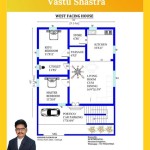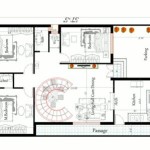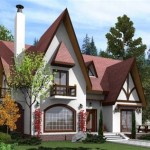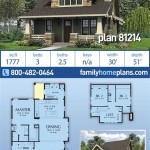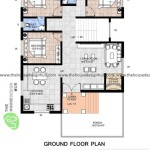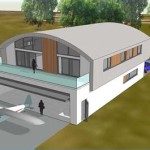Essential Aspects of Loft House Plans
Loft house plans offer a unique blend of industrial charm and modern functionality. They provide spacious and customizable living spaces, making them a popular choice for urban dwellers and design enthusiasts alike. However, there are certain essential aspects to consider when designing or purchasing loft house plans.
Building Structure and Zoning
The structural integrity and zoning regulations of the building you plan to convert into a loft are crucial. Ensure that the building meets the necessary requirements for a loft conversion, including a robust floor plan, high ceilings, and appropriate fire safety measures. Additionally, check with local authorities to ensure that loft conversion is permitted in your area.
Height and Clearance
One of the defining features of a loft is its high ceilings. Determine the minimum height required for your specific loft design, considering both living areas and sleeping quarters. Adequate headroom is essential for a comfortable living space. Also, consider the clearance for furniture, lighting fixtures, and any mezzanine or second-floor structures you plan to incorporate.
Layout and Flow
The layout of your loft house plan should maximize space while promoting a seamless flow between different areas. Consider the placement of bedrooms, bathrooms, kitchen, and living spaces in relation to each other. Open-concept designs are popular in lofts, but it's important to create distinct areas for different activities while maintaining a sense of cohesion.
Natural Light and Ventilation
Loft house plans heavily rely on natural light to create a spacious and airy feel. Large windows, skylights, or even an atrium can bring in ample sunlight and reduce the need for artificial lighting. Proper ventilation is equally important to ensure a healthy indoor environment. Consider cross-ventilation, ceiling fans, or mechanical ventilation systems to circulate air effectively.
Vertical Space Utilization
Making the most of vertical space is key in loft house plans. Mezzanines, floating staircases, and built-in storage solutions can optimize space without sacrificing comfort. By utilizing the vertical dimension, you can create additional sleeping areas, workspaces, or storage while maintaining the open and airy ambiance characteristic of lofts.
Storage and Organization
Storage is often a challenge in loft house plans due to the open-concept design. Built-in shelves, closets, and hidden storage spaces are essential to keep the living area clutter-free and organized. Vertical storage units or under-bed storage can maximize space utilization without compromising on aesthetics.
Utilities and Infrastructure
Loft house plans require careful planning for utilities such as plumbing, electricity, and HVAC systems. Ensure that the existing infrastructure can accommodate the demands of a loft conversion or consider upgrades and modifications as needed. Proper ventilation, insulation, and fire safety systems are also vital for a safe and comfortable living environment.

Tiny House Floor Plan With Bedroom Loft

20 House Plans With Lofts Tiny Small Luxury Designs Blog Homeplans Com

41 Unique 3d Floor Plan Ideas Engineering Discoveries Loft Interior Design Small Apartment Tiny House

Small Cottage Floor Plan With Loft Designs

How A Floor Plan In 3d Can Help You Organize Space With Loft My Site

Image Result For 1 Bedroom With Loft House Plans Plan Cottage Floor One

Studio And 1 Bedroom Apartment Floor Plans The Lofts On La Brea

Floor Plan 1e Junior House Lofts

Living In A Single Room 25 Unique Loft Designs Archdaily

Loft Cabin Tiny House Floor Plans Small Design

